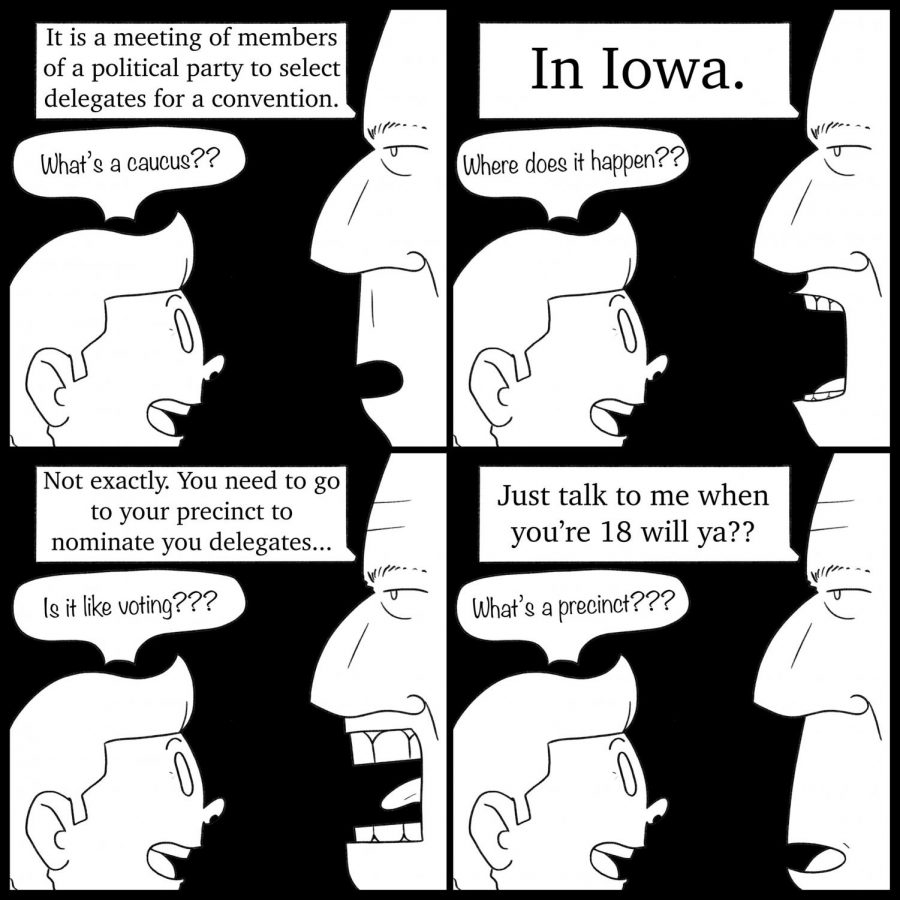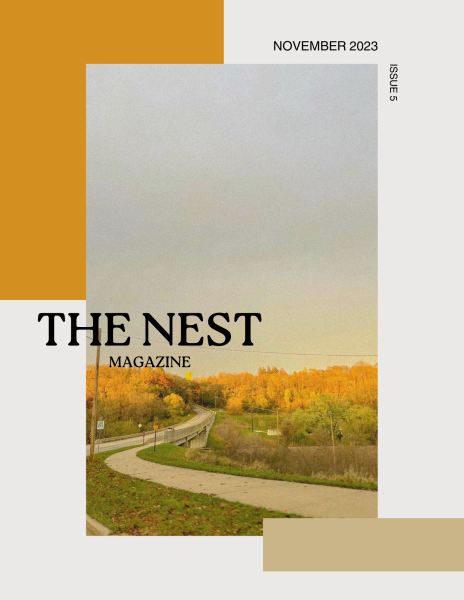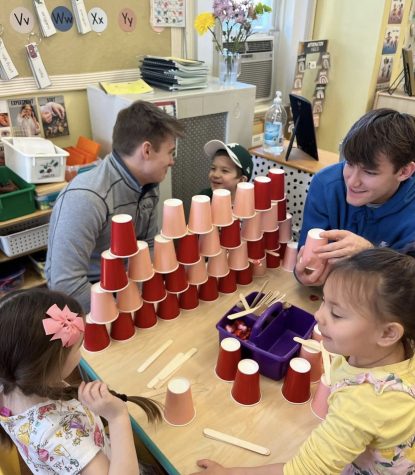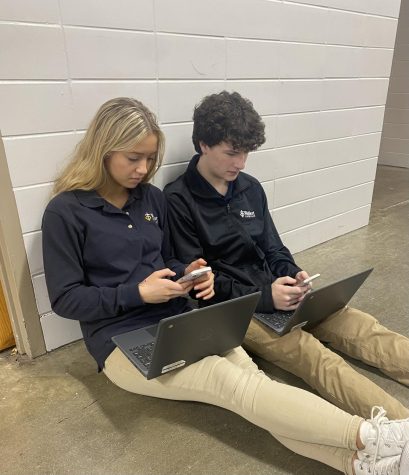Caucusing: What is it? How does it work?
A cartoon explaining how to caucus.
It may be hard to believe, but it’s already 2020. Not only is it the beginning of a new decade, but it’s also an election year here in the United States. In November, we, as a nation, will vote on our leader for the next four years, be it President Trump again or a new person. Before any of that happens, however, we must first make it through the primary and caucus season.
This is especially important here in Iowa as we are the first state to have a say. The Iowa Democratic and Republican caucuses will be held Feb. 3, throughout the state. Since it is the very first primary/caucus in the country, all eyes will be on Iowa. Adding to that is the fact that our caucus has, in years past, picked winners who go on to win their respective party’s nomination (think of Clinton and Trump back in 2016).
Even though it is a big deal, not many students may know what it is. In fairness, it’s not really something they can participate in, as only people 18 or older who are registered to vote can participate. But many of the teachers here can, such as Mr. Jim Kuhl. Mr. Kuhl offered up an explanation on both the how and the importance of caucusing:
“The first thing is to find the place where you caucus, called a precinct, which you can look up online. You then go and check-in. If you’re going for a specific candidate, you can declare you’re going for that person. A new thing they’re doing for this year’s caucus is that whoever you’re declare for, you have to caucus for that individual. Undecided voters can go and pick a candidate.”
Mr. Kuhl highlighted something that is indeed new: this year when people go to caucus, if they declare for a particular candidate, people have to caucus for the candidate they declared. The way it worked in the past was that when someone went to caucus at their precinct, they would check-in, and then they could go to the room or area that was designated for their candidate. But, they didn’t have to go for their first pick; they could go for another if they wanted. That’s the only change for this year’s caucus; everything else stays the same.
After going to the area/room for their candidate, there is a headcount to see how many of the voters who are at that precinct are in each designated area. Based off this, viable candidates are chosen, i.e. candidates with a high enough headcount. Viable candidates then choose a representative who will represent them at the county convention. Meanwhile, non-viable candidate’s supporters have the choice to go support a viable candidate. Once everything is said and done, the party receives the numbers on how each candidate did, and they can declare a winner.
“One hundred percent of the winners of the Iowa and Ohio caucuses end up being the nominee at the national convention, which is what makes caucusing so important,” noted Mr. Kuhl.
Although not every student can caucus, multiple seniors can. Two seniors looking forward to caucusing are Nick Nachtman and Luke Simcox, ‘20. Nachtman is currently campaigning for Elizabeth Warren, while Simcox had worked for the former Beto O’Rourke campaign back in September and October.
“I’m excited to have such an impactful role in choosing who my country’s next leader is, especially because our decision literally affects the entire race since we caucus first in the nation,” said Nachtman. “We’re literally making history. And as Iowans, our decision is especially important because we go first so who we choose to elevate becomes very important.”
Simcox offered up similar words:
“Caucusing allows us, the people, to have a say in who becomes the leader of the free world. Participation in democracy is crucial to a free country. People have died protesting for the right to vote, so I believe in honoring them through caucusing and voting.”
Seniors who are eligible to vote are encouraged to register and attend the upcoming caucus. Interact Club will be holding a registration drive later in January to help seniors who have yet to register.
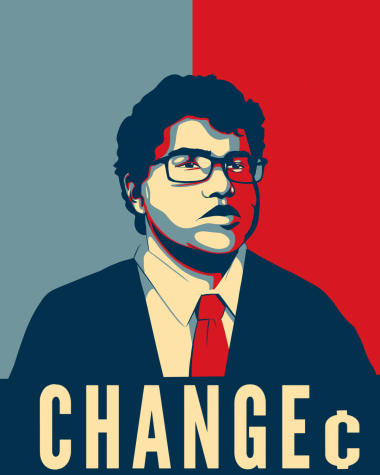
In his third year of the Gleaner, Alejandro Rojas, '20, is a senior editor of the paper. A hard worker in and out of the classroom, he is very excited...


